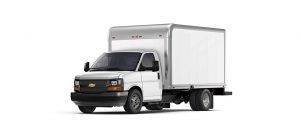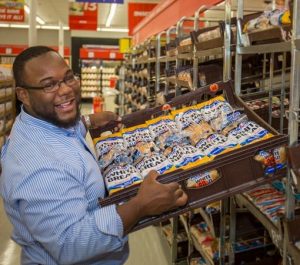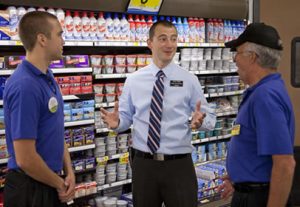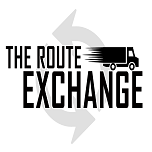Day to Day Route Overview
The purpose of this article will be to provide more information on the day to day responsibilities of an independent route owner. It is important to note that all routes are unique and some of this information may not apply to another route even if it is distributing the same line of products. Route owners can provide more detailed information on the schedule of deliveries and other tasks for their specific route. The information below will offer an overview of how a typical day goes on a wholesale distribution route…
3am-6am Start Time
The first responsibility is to pickup the truck and, if necessary, load it with product for the day’s deliveries. Most bread route owners load their trucks and deliver products the same day. Snack, cookie and other owners can often load the truck with inventory the day before so that it is already loaded when they arrive in the morning. It is normal for the route owner to leave their truck at the warehouse facility overnight. Once you pickup the truck and load your product for the day you drive to your first stop.

Deliveries
Route owners primary responsibilities are to deliver products and stock shelves/displays. It is important that orders are accurate and fulfill the needs of the store and its customers. All deliveries should replenish items that are running low and fill any displays. A good route owner will forecast sales until their next delivery date and make sure that the store has enough of each product to last until that next delivery. At the same time, delivering too much product can result in increased returns and complaints from the store. Once the order is determined the route owner unloads the products from their truck and creates a delivery invoice for the store.
The invoice and product are then brought in to the store and checked by a receiving manager. The “receiver” is in charge of incoming deliveries and will verify your invoice. Receivers are often in charge of the backroom and establishing a good relationship with them is a huge advantage. You will rely on them to get checked in quickly and they will often tell you about upcoming promotions or requests from store management. They will also help you with billing issues if they arise. Once the order has been checked by the receiver you are free to continue onto the main floor of the store.
The next step is to fill the shelves and displays with your product. If a new promotion is starting then you may need to change your displays or even build new ones. Displays are key to growing sales. Remember that you make more money and increase the value of your route with more sales. Once you finish stocking your product you can return to the backroom. Any extra inventory will be kept in the backroom.

Returns/Credits
Returns and credits are a normal part of business for most routes. Whether a product goes past its expiration date or gets damaged on the shelf, the store will want to be refunded for that item. Returns and credits should be taken care of immediately. Creating a return/credit invoice for these items is very easy and usually follows the same process as creating a sales invoice. You can either complete your returns when you bring in your delivery or after you have finished stocking the shelves. Both store management and receivers appreciate when these credits are handled quickly and easily. Depending on the company you may need to bring these return items back to the warehouse.
Store Management
The key to building a successful and lucrative route business is creating a positive relationship with store management. Store managers can decide how much space you have for your product in each store. This is a relationship sales based business. Managers want their stores to be successful and as a route owner you can help them accomplish that. If they know that you are motivated and reliable they will be much more likely to give you display opportunities. It is important to note that several route owners/vendors are often competing for a limited amount of space. If you have a positive relationship with store management then they are much more likely to help you be successful.
On the other hand, a poor relationship with store management will make your job more difficult and stressful. Not only can they affect your income by limiting your shelf and display space but they can also make simple tasks such as checking in your delivery more difficult than necessary. Local store managers will also have direct access to your company’s district and regional managers. The last thing you want as a route owner is to have your district/regional manager calling you with complaints from store managers.
If you see the store manager while you at the store you should greet them and ask how things are going. It is always a good idea to ask about upcoming promotions, holidays, etc. This will show them that you are thinking ahead. Make sure they know that you are trying to increase sales and that you would be interested in any additional sales opportunities in the store. They will gladly reward the route owners who they know will do a good job with their extra opportunities.

End of Day
After the route owner has finished doing their store visits for the day they can return to the warehouse or wherever they keep their truck. Some owners will print paperwork which would include a summary of sales and credit invoices for the day. Depending on the route type they might also refill their truck with any product that they need. This is a good time to think about what each store will need the next time a delivery is made.
Routes do have flexible schedules but deliveries do need to be made during receiving hours. Most large grocery stores will have receiving hours sometime between 3am-3pm. Depending on what time they decide to start and how busy of a day it is, a route owner can expect to be done anywhere from 9am-3pm.
